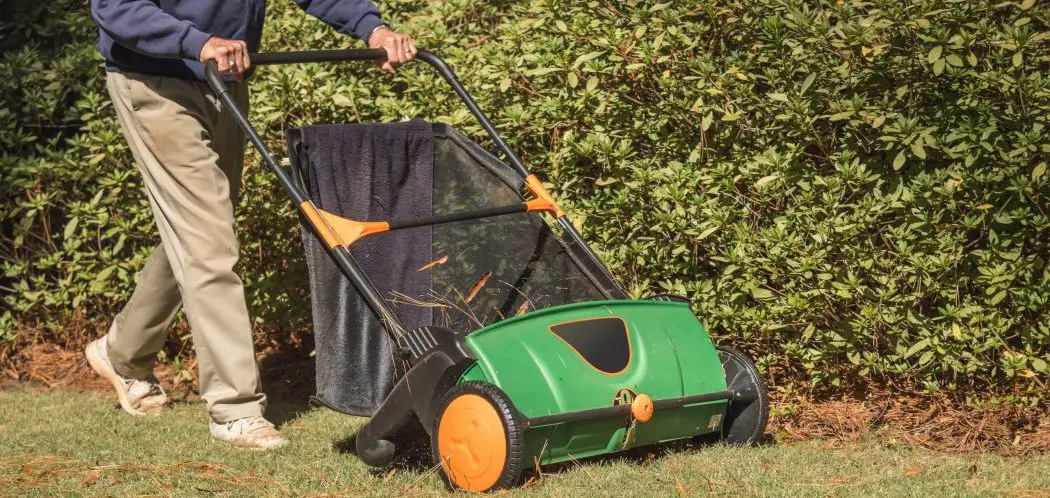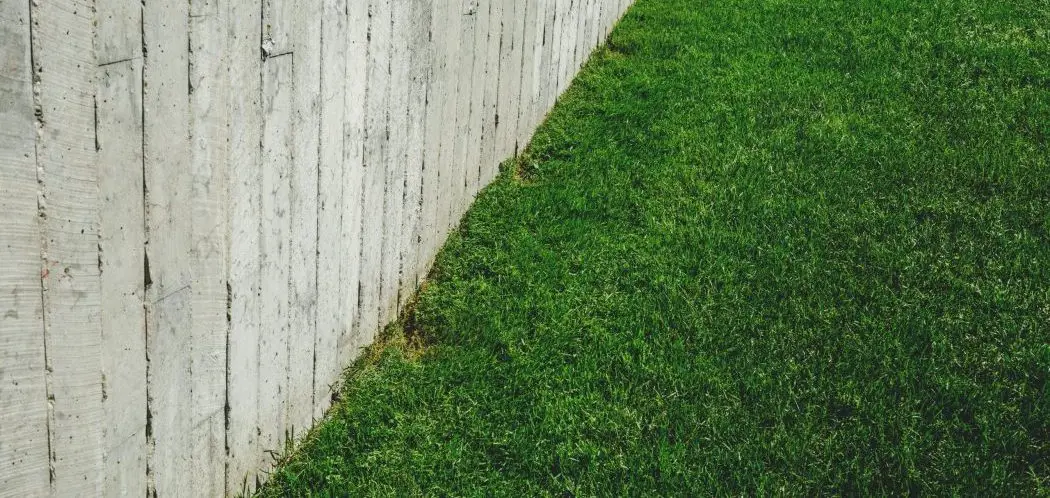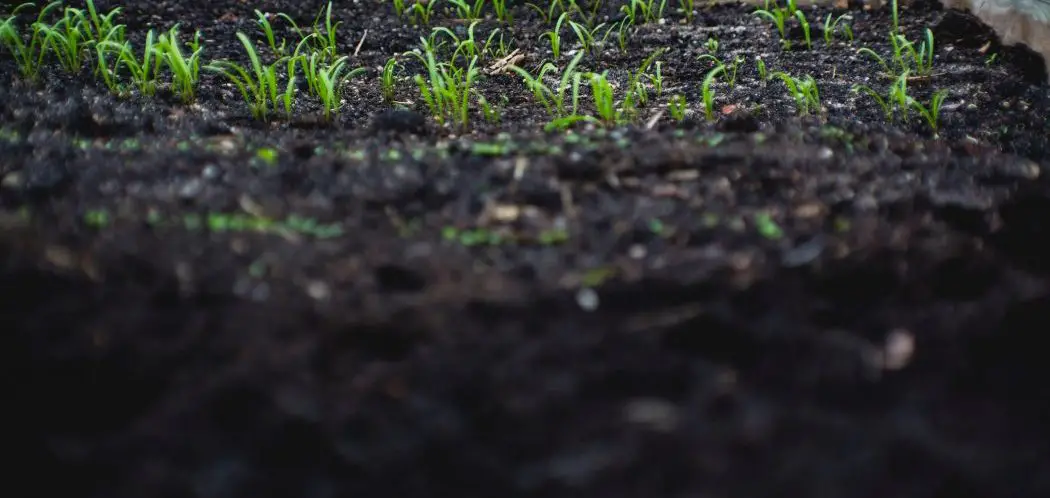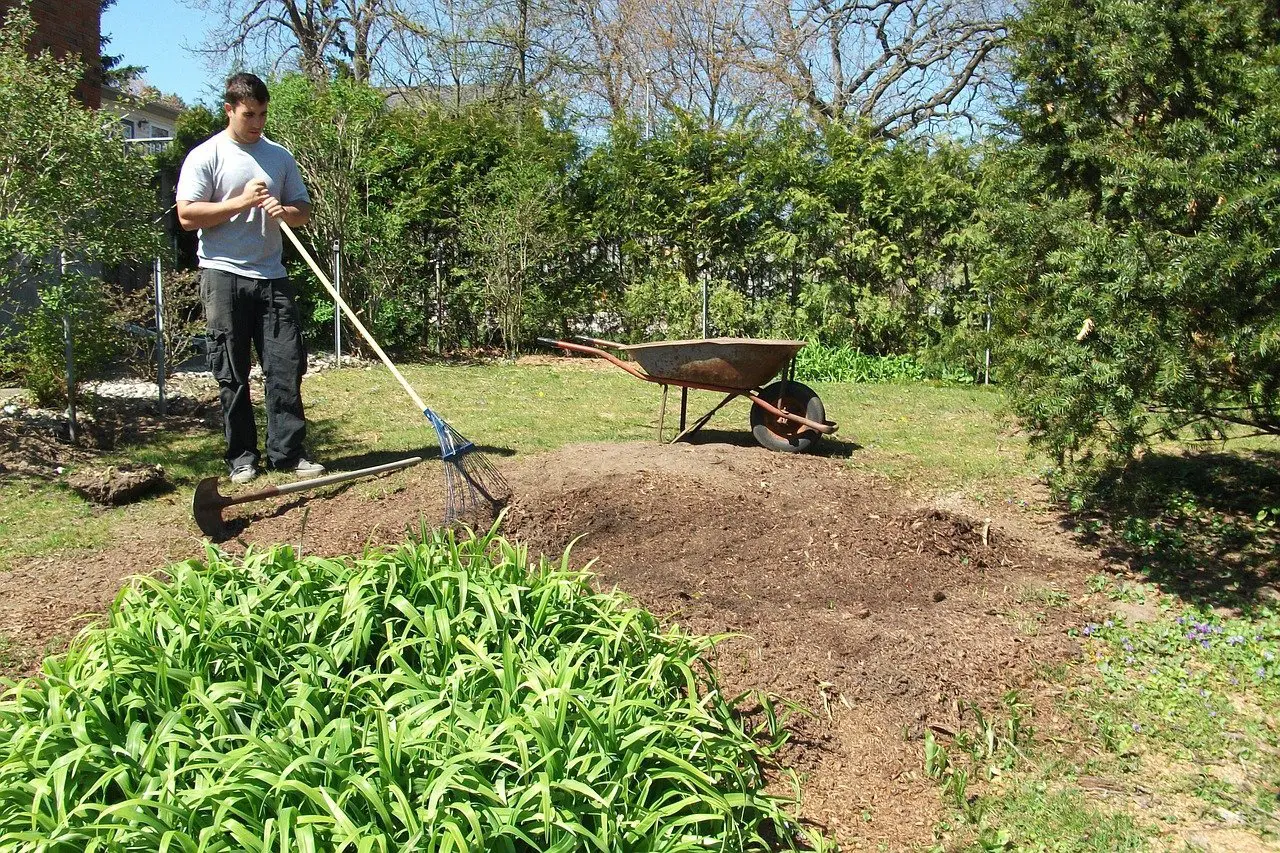Verticutting is a process where you use a machine that is similar to a lawn mower. The difference is that it has a number of vertical blades instead of the one horizontal blade. It is done to remove thatch buildup, which is a combination of dead grass, debris, and more. It is an important part of lawn care so that the lawn always looks its best.
How Does Verticutting Work?
When you use a verticutting machine, the vertical blades move up and down to cut into the thatch. It breaks it up and brings it to the surface so that you can easily remove it from your lawn. There is always a dead mass of dead grass, debris, roots, and other materials that builds up under the grass. People try to remove it with a rake, but if you don’t know what you are doing, this method can actually damage your lawn a great deal.
There is actually a time and a place for dethatching, and this differs from verticutting. Dethatching is a more aggressive process, and you need to do this when the thatch is out of control and has already starved much of the grass by blocking nutrients, water, and air from reaching the roots.
Verticutting is something you can schedule once a year to maintain your lawn, and this prevents it from having a dangerous thatch build up. This way, you can make sure that your lawn is always able to receive nutrients and water so that it continues to thrive and grow. Using a verticutter, also known as a vertical mower, is a safe method that you can use to remove the thatch and prevent buildup without damaging your lawn.
How Is Verticutting Beneficial?
Many people don’t realize that thatch can damage your lawn. It builds up over time under the surface of your lawn. Dead grass, roots, and other debris collect and can thicken and bind into a mat under the grass. Once there, it actually makes the lawn susceptible to disease and pests. It also prevents water from reaching the roots of the grass, which can kill the lawn.
When you remove the thatch by verticutting, you will have a lawn that is healthier and looks better. It can retain the beautiful green coloring because your lawn will be able to absorb nutrients and water, which is necessary for it to grow and stay healthy. In addition, verticutting helps you prepare the soil when you plan to overseed or aerate. It is an important part of making sure that your lawn is as healthy as it can be.
Verticutting can be scheduled as a regular part of your lawn maintenance. If you have a healthy lawn, you can use the verticutter once a year to keep your lawn free of thatch and debris that prevent moisture and nutrients from reaching the roots. The primary benefit is that it will ensure that your lawn stays healthy and looks its best all year long, as the thatch never has a chance to build up and starve it under the surface.
When Should You Verticut?
There is no limit to when you can verticut, but there are times that it makes sense to include it as part of your lawn maintenance. If your lawn is maintained, you can plan to verticut once a year in the late spring or the summer so that you can remove the thatch before the growing season comes. If you plan to overseed, you should verticut right before you plan to do it.
If you are out walking on your lawn, and it feels as though you are walking on a sponge, you probably have a build up of thatch. The thatch builds up under the grass blades and above the soil. As it accumulates, it creates a mat that covers the soil. If you notice this, you should verticut.
Sometimes people verticut in conjunction with core aeration, which is a process where you make it possible for more nutrients, air, and water to get deep into the soil under your lawn. Basically, you will want to verticut once a year in the spring or summer as part of your maintenance schedule, and if you notice a problem at any other time, you should take care of it.
If you take care of your lawn regularly and it is healthy and thriving, you can plan on the once a year schedule for verticutting. You will want to look at the type of grass you have and when it does most of its growing. Then, schedule your verticutting to coincide with overseeding. If you maintain your lawn this way, the thatch never has a chance to build up and starve your grass.
On the other hand, if you haven’t been maintaining your lawn, you need to assess the situation. If the grass is dying because the thatch underneath is out of control, you may even need to dethatch and then get your lawn back in good health before setting a schedule for verticutting. It is important to assess your lawn and make a plan that gets it back into good health first, and then you can make a plan to maintain it.
FAQs
Is it Better to Aerate or Verticut?
Aerating and verticutting are similar but different processes that you can do as part of lawn maintenance. The terms are often confused because people don’t necessarily understand the nuances.
An aerating machine has a few tubes that are attached to a drum. They are pushed into the ground around two or three inches as the machine moves, and the center of the tube, which is hollow, will collect soil, thatch, and grass. It leaves a hole in the ground, and it leaves the debris it has collected on the surface.
The purpose in aerating is to make the soil less compact. This allows the soil to expand so that the roots to your grass can also expand and receive nutrients, water, and air. As a result, your lawn will look better and be healthier.
Verticutting is also a machine, and it uses vertical blades to cut through the thatch and make it easy to collect and remove it. The machine slices straight lines into the lawn, so it helps you remove the thatch and it prepares the soil for overseeding. The verticutter does reduce the compaction of the soil as well, but not to the same extent as the aerator.
The key is to choose the process that your lawn needs. Some people have a schedule of aerating one year and verticutting the next, while lawns that are in dire straits might do one in the spring and the other in the fall. The key is to understand whether you have a problem with thatch or you want to reduce compaction in your soil. Then, you can choose the process that is best for your particular situation.

What Is the Difference Between Verticutting and Dethatching?
The primary difference between verticutting and dethatching is how deep the machine cuts into the soil. The verticutter just goes into the soil a very little bit, while dethatching will go deeper into the soil and dig into the root system to pull out the thatch. You can include verticutting as a part of your regularly scheduled lawn maintenance to make sure that your lawn always looks its best. You can plan on doing it once a year to make sure that your lawn gets the valuable nutrients and moisture that it needs to look its best.
Dethatching is something you should do when you need it. It is a more aggressive process, and it is designed for problem yards. You may need to dethatch if you have not been maintaining your lawn for some time. The key is to understand that verticutting is designed to be part of your lawn maintenance, while dethatching is something you should do when it is necessary due to thick thatch literally blocking your grass from getting the nutrients and moisture it needs.
What Is a Vertislicer?
A vertislicer is also called a verticutter. It is a special tool used in landscaping. It has vertical blades, which differs from a lawn mower that uses a horizontal blade. The blades are vertical, so they can cut into the thatch and prepare it for removal without damaging the blades of grass.
Sometimes people refer to it as vertical mowing, but mowing actually shortens the blades of grass, while verticutting cuts through thatch so that you can remove it. You need to cut your grass to keep it neat and tidy, and this process is necessary as often as once a week during the times of the year when grass grows.
However, verticutting is something you can do once a year as a part of regular lawn maintenance. It will prevent thatch from building up below your grass and depriving your grass of nutrients, moisture, and air, which it needs for survival. You can use a vertislicer to perform this maintenance.








